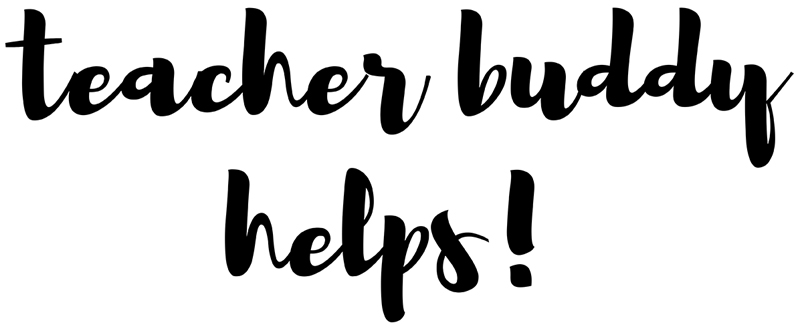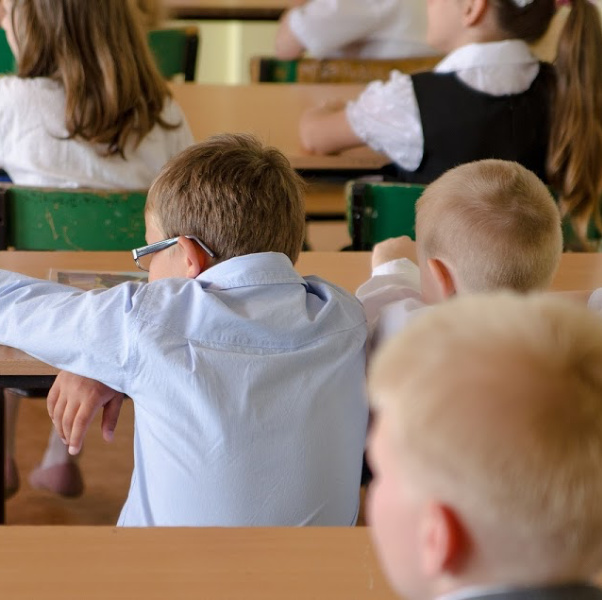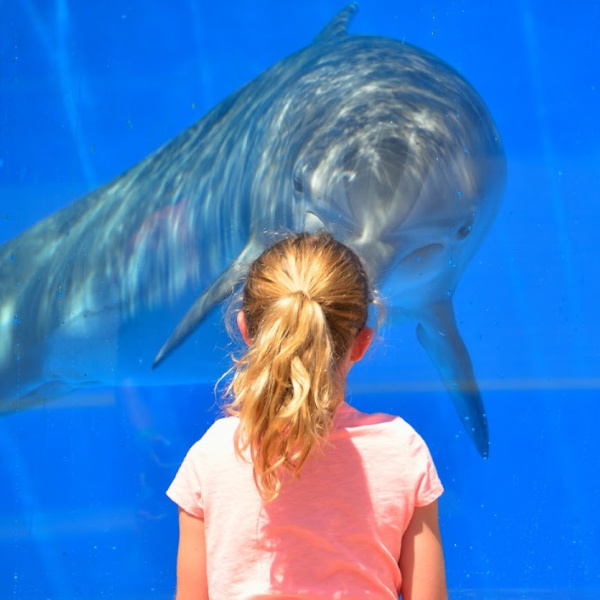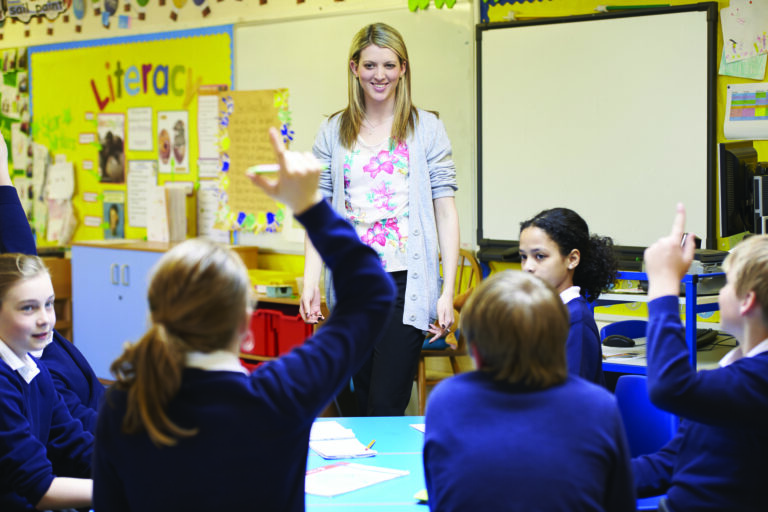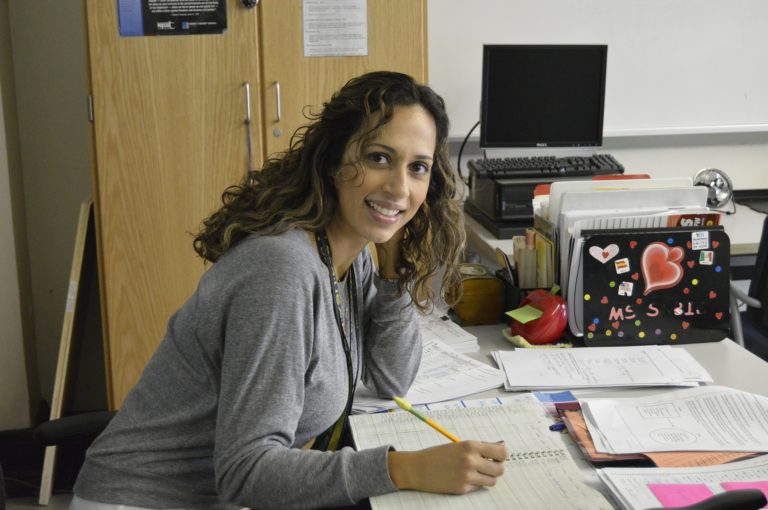12 Lessons Learned from the Playground
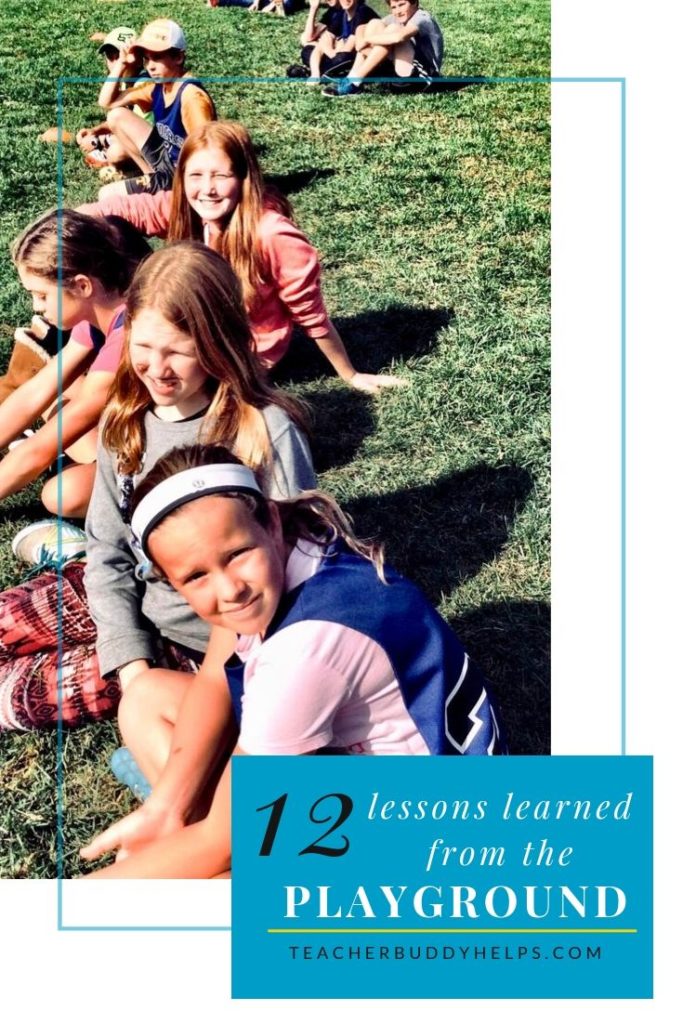
**
12 Lessons learned from the Playground! Why do I even think there are 12 lessons to learn? Because I have been both a principal and a teacher, and I have seen it all (practically).
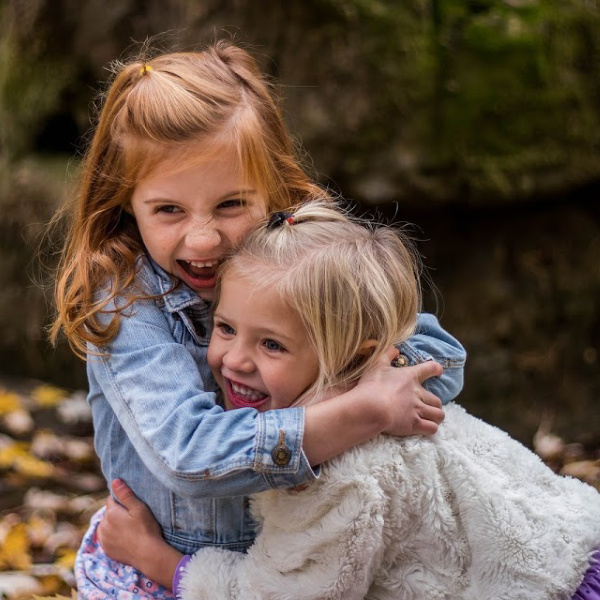
**
Here’s a list of the 12 lessons learned from the playground.
In a quick list, here are the lessons learned:
- to share
- learn to play fair
- to invite others to play too
- it’s ok to
day dream - listen to the grown-ups
- the law of gravity
- team sports
- why there are rules
- true friends vs. classmates
- the limits of your abilities (for now)
- who plays fair & who doesn’t
- stay away from the bully
Before I get into the details of each of these items, I wanted to offer a FREE download for you; 101 Teacher Tips that you might find useful. Just complete the form and I will zip it right over to your email.
**
1. To Share
Learning to share (within reason) is one of the most important things children, and adults need to learn. Of course, I am not promoting sharing because a bully has come over and grabbed something away from him or made him feel like he needs to share something he just started playing with.
Being able to share teaches students compassion for others and to look at the situation from someone else’s eyes. This is a very important lesson.
2. Learn To Play Fair
Children definitely need to learn to play fair. And what better place to learn this than the playground. Children are often “called out” when they attempt to cheat or change the rules in their favor. This is an EXCELLENT lesson that students learn from peers. We often see students doing this who have been able to get away with it in their home.
The playground will teach them reality. BUT this often takes an adult to intervene. Hopefully, the adults out on the playground take the time to explain what “Playing Fair” means, what it looks like, how to do it. Often we need to help students understand that the world does not revolve around them.
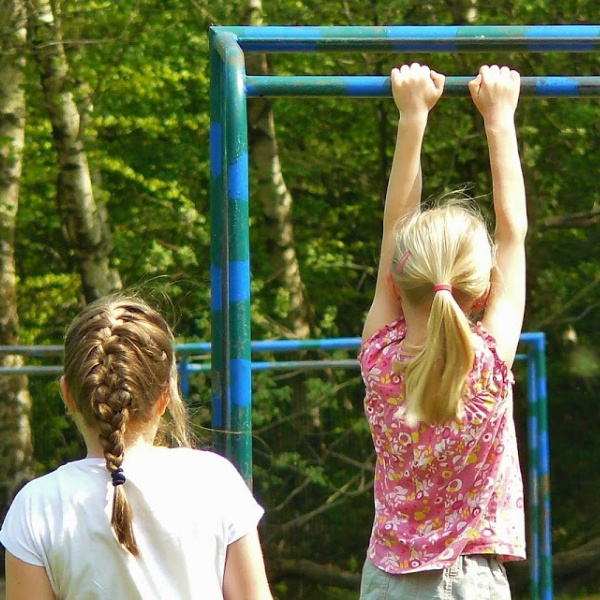
3. Invite Others to Play Too
Speaking of empathy, we need to also encourage students to invite the new students (or any other student on the outskirts) to play with the group or in the game. This civility goes a long way toward making students at your school empathic towards others.
When I taught in the classroom, I would always select someone to be a buddy to any new student who arrived after the first day of school. This buddy was to show him the bathrooms, the office and nurse’s office, how to get lunch in the cafeteria and also to stay with him/her on the playground at all recesses that first day.
This really went a long way to helping the new student fit in and not feel so lonesome.
4. It’s OK to daydream
It is wonderful to be allowed the opportunity to daydream. Of course, we don’t want students to daydream in the middle of our lessons, but a playground is a good place for this.
Daydreaming is good for the soul. I have memories as a child of lying in the grass on a beautiful spring Saturday and looking up at the passing clouds in the sky and thinking about any and everything I wanted to.
Now that I’m thinking about this, I wonder if we need to provide this to our students. So many children are house-bound after school, maybe taking a moment to study the clouds together on the grass at school (between recesses, of course) would be good for some students. Call it SCIENCE, you have my permission (jk).
5. Listen to the Grown-ups
All students need to learn early on that they must listen to the grown-ups at the school and follow their directions. You might be interested in another article I wrote about listening and following directions. You can read it here.
How Do Teachers Get Students to Listen and Follow Directions?
I do want to stress that this is NOT telling students that they have to listen and follow the directions of all adults who attempt to speak to them. STRANGER DANGER can’t be stressed enough these days.
But it is different for adults who work at the school. Students need to learn to listen to them and follow their directives. Sometimes it is a safety issue and it is always a respect issue.
6. The Law of Gravity
I don’t know how many times I have seen children get a bit too brave on the bars /jungle gym /climbing apparatus and fall to the ground.
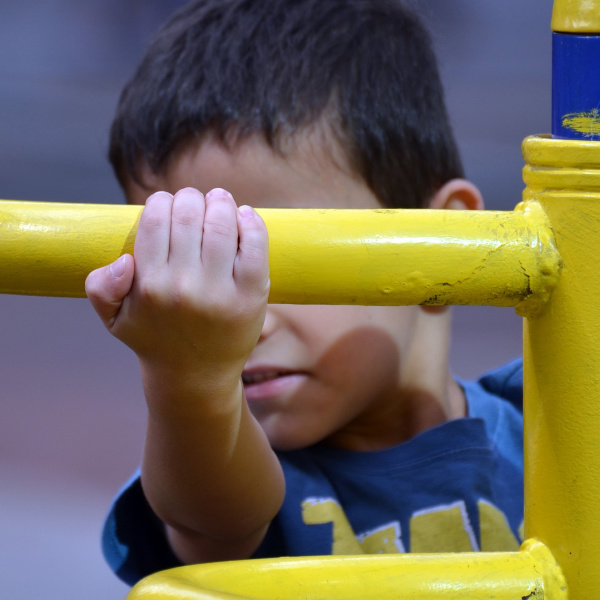
That’s one way to learn your limits. Of course, I’m not advocating anyone getting hurt. But WE ALL LEARN FROM OUR MISTAKES! I wrote an article about learning from mistakes. You might want to read it too.
7. Team Sports
The playground is often a child’s first experience with playing sports on a team; such as soccer, volleyball, football. Some children are exposed in a small way before school years, but most are beginning these activities at the same time they are beginning school.
There are so many things that can be learned by playing on a team sport that I can’t begin to list them all in an article such as this. Maybe it’s a good idea for a future article.
Some things learned are: following coaches’ directions, cheering on your teammates, supporting each other, working together to make the whole team win, participating in a “sacrifice play” for the good of the team, etc.
8. Why there are rules
As students learn their way around the playground, they are exposed to various rules for each area. For example, certain rules for the slide, certain rules for the swings, rules for tetherball, etc.
Their young brains are tasked with remembering so many rules and keeping track of which rule applies to where they are playing. But these rules help them create order in the world. And to understand that the adults want them to be safe and make friends and have fun too.
9. True Friends vs. Classmates
Often, students create true friendships on the playground. Young students find out they have things in common with other students who may or may not be in the class. Sometimes they run into a friend from the neighborhood and realize they can play together on the school playground as well.
10. The limits of your abilities (for now)
Students often learn they have limits to their abilities. They learn this by falling and getting hurt. Most of the time, the injury is minor, and the learning is substantial. This is not to say, by any means, that we want students to get hurt when they play. BUT THEY’RE GOING TO anyway.
They learn how far they can go on the bars, how hard to kick the ball without falling down, how to balance on the balance beam, how hard to hit the tetherball so it doesn’t hurt their hand too much, etc.
See, there’s lots of learning going on outside on the playground.
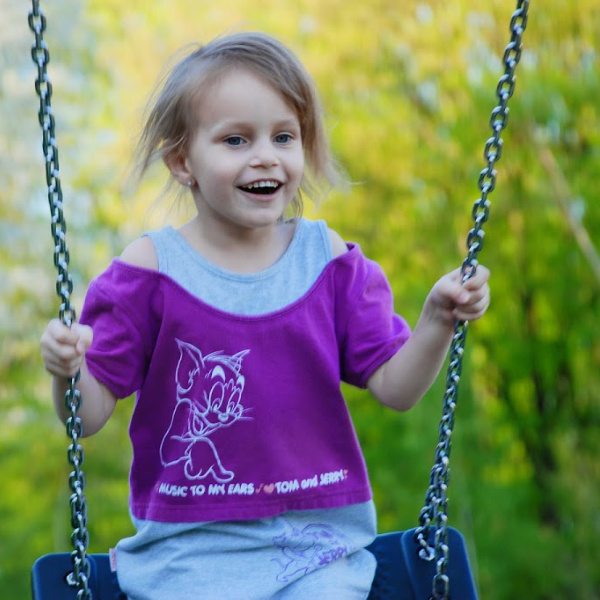
11. Who Plays Fair and Who Doesn’t
Students, unfortunately, learn quickly who plays fair on the playground and who doesn’t. Often the ones who don’t play fair try to dominate the sports activity, but others will often stand together to counteract the “unfair player.”
Often, students will stand up for each other during team sports if someone is being mean. It is fine to allow students to try to work through this, but you need to stay close-by to ensure that a fight doesn’t break out or that one student isn’t being picked on unnecessarily.
12. Stay away from the bully
Finally, number 12. Stay away from the bully. This is a tough lesson to learn, but it’s much better to learn it on the playground than in the workforce. So, let your child experience this and work through it.
Of course, if the bullying is brought to your attention you must deal with it. Even if another student tells you, and not the two involved. Bullying has gotten so severe in our society, that it must be dealt with.
Some school districts even have policy in place that mandates school workers to report and take care of issues of bullying. Report it to your administrator, and he/she will decide if it needs to be reported to law enforcement.
As teachers, your duty is to discuss bullying; what it looks like, why we shouldn’t act this way, how to report it to a grown-up at school, or to your parents, how to stand up for yourself or for others – to a bully, etc.
You Get the Idea!!
So, now you have an idea of all the things students are learning on the playground. AND, you thought they were only playing.
Let me know if there was a #13 or #14 that I forgot.
Until next time,
Your Teacher Buddy
